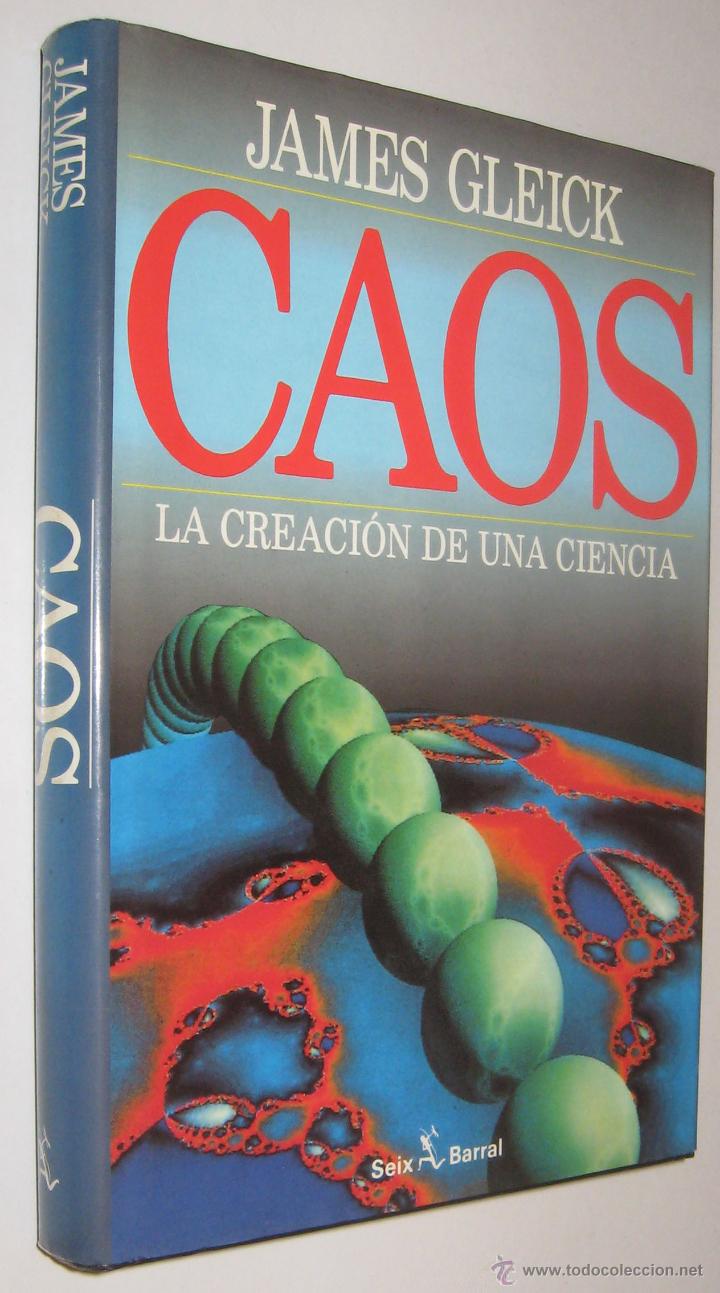
After this the book continues on to talk about fractals, where a relatively simple formula can be used to generate infinite complexity (in the case of fractals exposed as stunning visuals such as those you see in the famous “Mandelbrot Set” that changes in unexpected ways as you zoom in). Many will be familiar with the “butterfly effect” which is along the lines of a butterfly flapping it's wings leading to an eventual tropical storm on the far side of the planet and it is this concept that begins the book, showing how minor changes to inputs to common processes can result in unpredictable or wildly variant behaviour. This nervousness was misplaced as Gleick has provided quite a readable book explaining the principles behind Chaos theory but at the same time the history of this new science. This book has sat for years on my shelf with my feeling nervous at taking it on.

Wilson Literary Science Writing Award, and Time Travel: A History. He lives in Key West and New York.Chaos: Making a New Science by James Gleick He worked for ten years as an editor and reporter for The New York Times, founded an early Internet portal, the Pipeline, and has written several books of popular science, including The Information: A History, a Theory, a Flood, which won the PEN/E. James Gleick was born in New York City in 1954. " Chaos is a feast." - The Washington Post Book World

Reading it gave me that sensation that someone had just found the light switch." -Douglas Adams, author of The Hitchhiker's Guide to the Galaxy a startling look at newly discovered universal laws." - Chicago Tribune a fascinating illustration of how the pattern of science changes." - The New York Times Book Review

almost every paragraph contains a jolt." - The New York Times In Chaos, Gleick makes the story of chaos theory not only fascinating but also accessible to beginners, and opens our eyes to a surprising new view of the universe.

From Edward Lorenz's discovery of the Butterfly Effect, to Mitchell Feigenbaum's calculation of a universal constant, to Benoit Mandelbrot's concept of fractals, which created a new geometry of nature, Gleick's engaging narrative focuses on the key figures whose genius converged to chart an innovative direction for science. The million-copy bestseller by National Book Award nominee and Pulitzer Prize finalist James Gleick- the author of Time Travel: A History-that reveals the science behind chaos theoryĪ work of popular science in the tradition of Stephen Hawking and Carl Sagan, this 20th-anniversary edition of James Gleick's groundbreaking bestseller Chaos introduces a whole new readership to chaos theory, one of the most significant waves of scientific knowledge in our time.


 0 kommentar(er)
0 kommentar(er)
